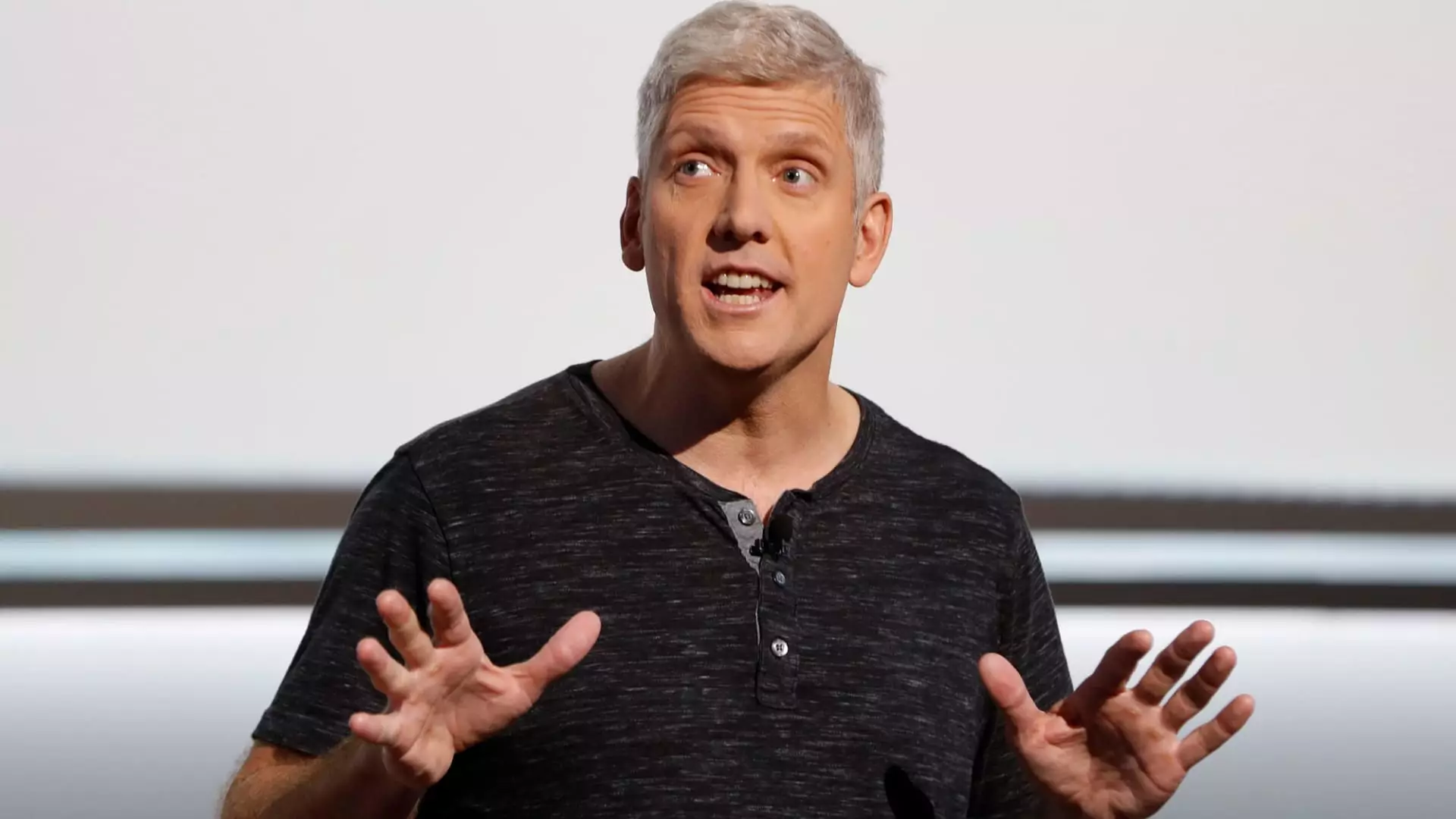Google, a beacon of innovation, is currently navigating turbulent waters as it announces voluntary buyouts for employees in its Platforms and Devices unit. This move comes as part of a broader strategy aimed at restructuring and realigning the company amidst a larger focus on artificial intelligence (AI). With over 25,000 employees involved in key products like Android, Chrome, and Pixel, this decision reflects significant internal shifts that may impact the company’s overall dynamics and culture.
The recent announcement, communicated by Rick Osterloh, the Senior Vice President of Platforms and Devices, has raised eyebrows within the tech community. The memo noted that the buyout program would allow eligible employees the opportunity to leave voluntarily with a severance package, hinting at potential layoffs that could follow. While the exact number of U.S.-based employees within the division remains uncertain, this initiative is perceived as a precursor to the more drastic measures likely on the horizon.
Voluntary buyouts are a stark contrast to immediate layoffs, providing employees with a choice rather than an ultimatum. Such options can foster goodwill among staff, allowing those who may not align with the company’s future goals or are struggling with the demands of their roles to exit with dignity. This strategic approach may serve to reduce the immediate shock and anxiety that accompanies sudden layoffs, ultimately maintaining morale for the remaining workforce.
Under the helm of new Chief Financial Officer Anat Ashkenazi, cost reduction has become a central theme at Google. The focus on cutting expenses while investing heavily in AI infrastructure speaks volumes about the company’s priorities. Ashkenazi’s approach echoes the sentiments of efficiency and urgency, as she highlights the need for organizations to continually push for optimization.
By offering buyouts, Google sends a clear signal: the company recognizes the evolving landscape of technological growth and the necessity to streamline its operations. The addition of AI to its core strategy necessitates a workforce aligned with these futuristic goals. The intersection of employee engagement and business efficiency is a delicate balance; thus, Google’s measures can be interpreted as a proactive step in achieving this equilibrium.
Employee feedback regarding the buyout program has revealed mixed feelings but also a recognition of a more compassionate approach. Many employees have voiced appreciation for the opportunity to voluntarily leave rather than face abrupt job loss. Internal communications reportedly indicate that employees favor this method, reflecting a desire for the company to act in a manner that demonstrates respect for its workforce.
The emergence of an internal petition circulating among employees titled “job security” underscores the anxiety surrounding impending cuts. Despite the unrest, the positive reception of voluntary buyouts may indicate a shared understanding that restructuring is necessary for the company’s evolution. Employees evidently recognize the benefit of such initiatives for those who may not see a future with Google as it pivots towards intensified AI efforts.
As Google refines its operational structure, it continues to explore avenues for innovation. Notably, the company’s acquisition of engineering talent from HTC Vive to enhance the Android XR platform illustrates its commitment to maintaining a competitive edge in the virtual reality sector. This strategic investment aligns with Google’s broader goal of integrating advanced technologies into its existing ecosystem, all while expanding opportunities for enhanced user experiences.
Still, the Platforms and Devices unit, while showing impressive revenue growth, is dwarfed by the profitability of Google’s traditional search ad business. Google posted third-quarter revenues of $88.27 billion, with the Platforms division contributing a respectable $10.66 billion. However, this disparity highlights the need for ongoing adjustments as the company strives to meet changing market demands.
As Google moves forward, the implications of the buyout program will be closely monitored both within and outside the company. The delicate balance between innovation and employee welfare will be critical as the firm undergoes a transformation aimed at enhancing its capabilities in AI and other advanced technological areas.
While the voluntary buyouts may initially seem like a concession, they reflect a larger recognition of the need for a workforce ready to tackle the future challenges of the tech industry. As Google prepares for what lies ahead, it is poised to leverage its strengths while ensuring that its employees remain at the forefront of this redefined vision for the company. Ultimately, this program may prove to be a pivotal moment in Google’s evolving narrative—one that anticipates change while prioritizing the well-being of its talent.


Leave a Reply